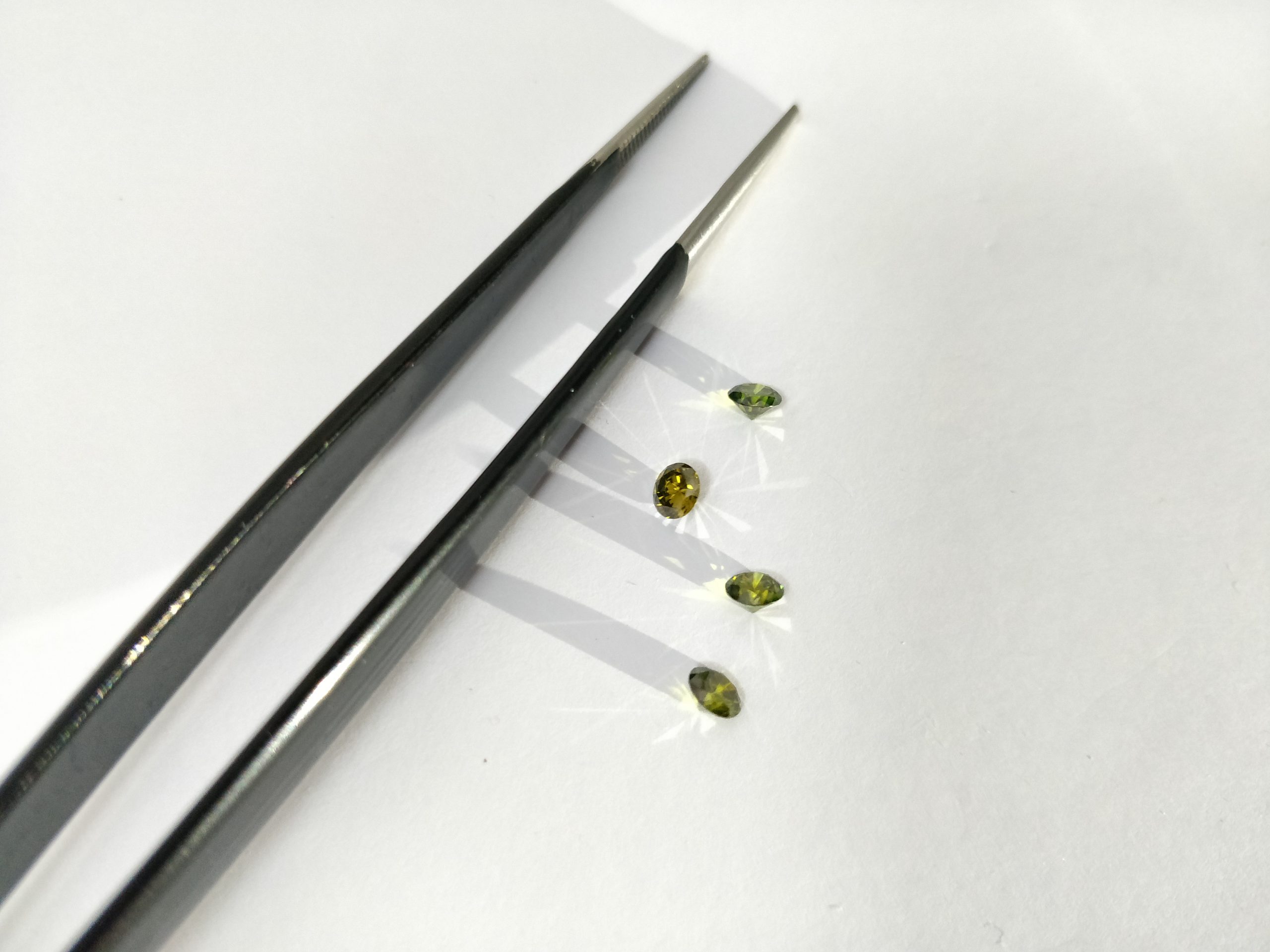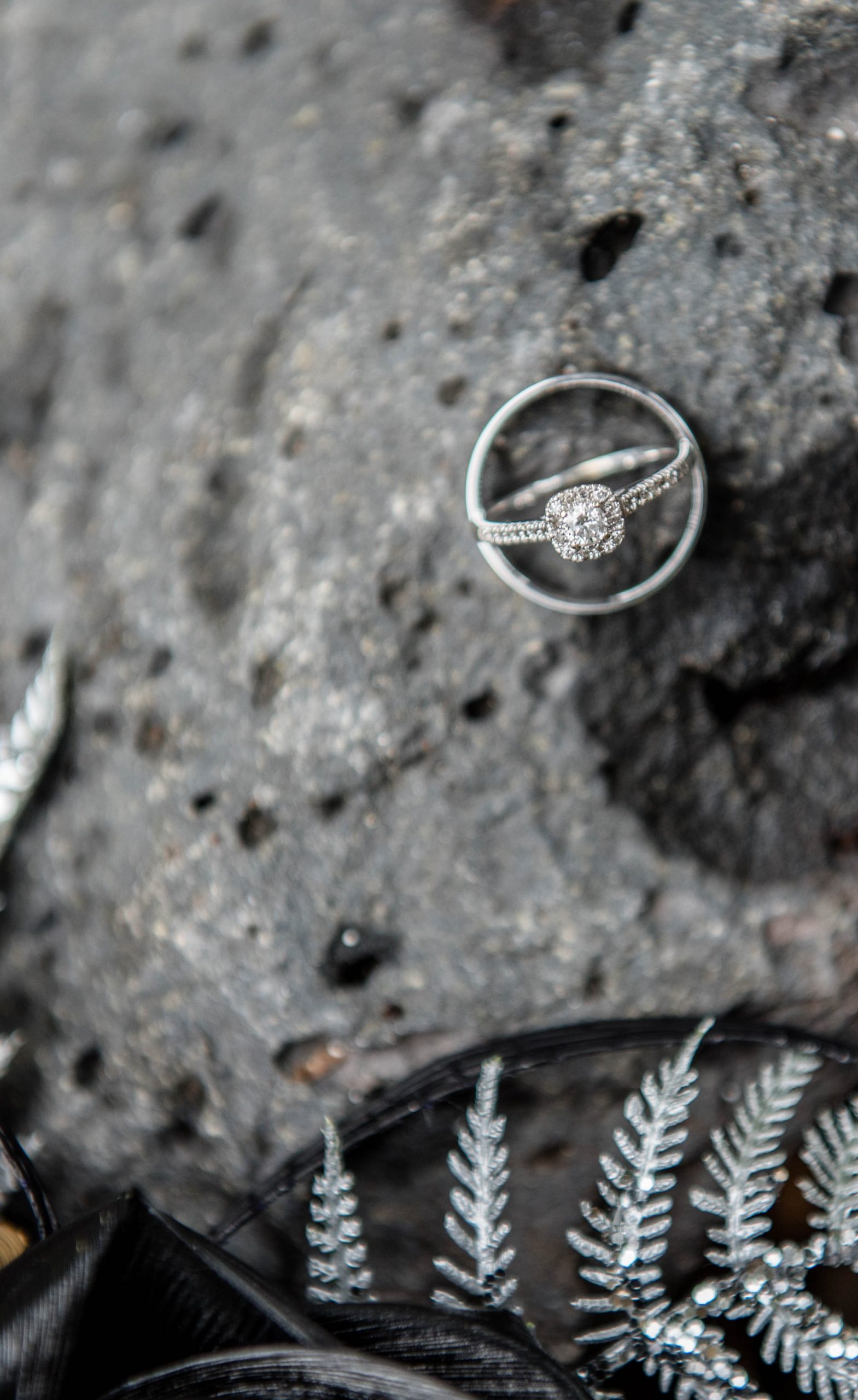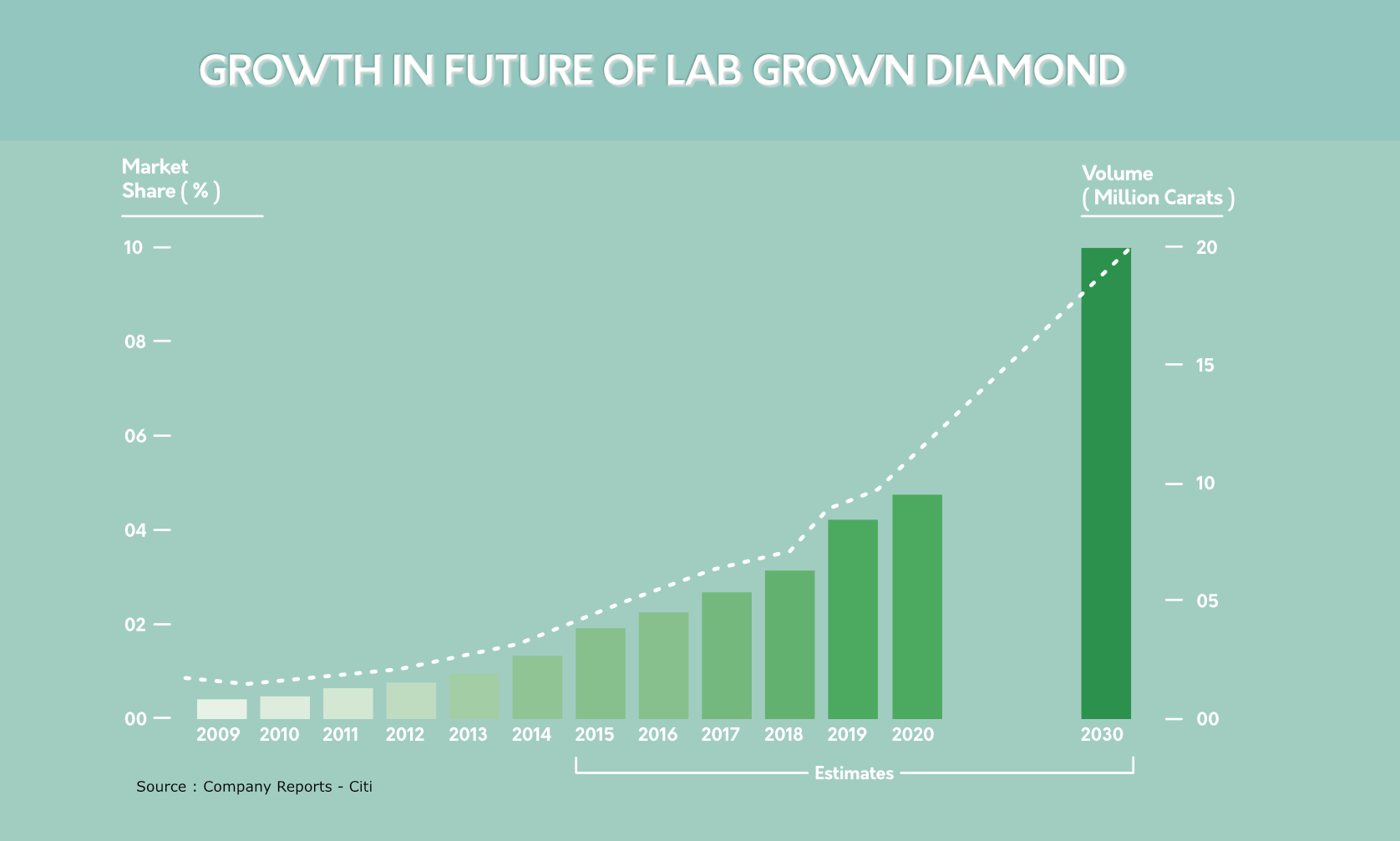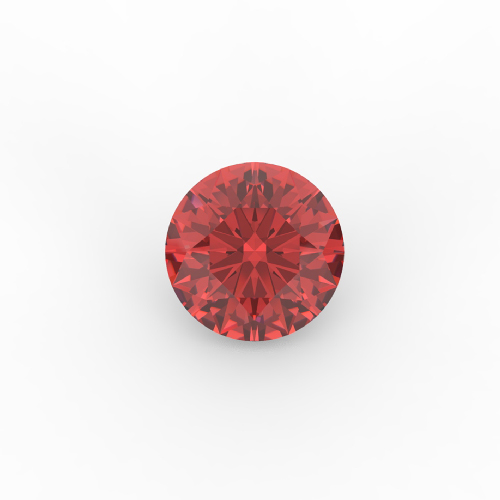What Are Lab Grown Diamonds?
For a very long time, there has been only one type of gem, that is, a quality diamond which is often known as a real, natural, or earth mined diamond. But here, we are talking about Lab-grown diamonds. But, wait. Can we actually create diamonds? Is it a human thing to do? Well, maybe not some time ago. But over the years, scientists have created technologies and processes to produce engineered diamonds that are lay-out by FTC as lab-grown diamonds.
One might wonder how genuine and original Lab-grown Diamonds are? But these are not diamond simulants like zirconia or moissanite, rather better than natural Diamonds- chemically, physically, and optically due to the controlled lab manufacturing processes. Science truly has the competency to make the impossible very much possible.
Let us take a close look at how Lab-grown diamonds are assembled, given a shape, and all the attributes of a natural diamond.
How Lab Grown Diamonds Are Made?
Lab-grown Diamonds or cultured diamonds are produced in laboratories by two methods; CVD (Chemical Vapor Deposition) and HPHT (High Pressure-High Temperature).
CVD diamonds are forged by spreading pure carbon-Rich Vapor in a hot chamber of 800 degrees Celsius. Whereas, in HPHT diamond, the carbon seed is placed under sophisticated machinery which re-creates the atmosphere of high heat and extremity pressure.
Here, has explained very exquisitely how CVD and HPHT diamonds grow in a laboratory. Unbelievably, one cannot tell the difference between CVD and HPHT, for one has to have a very high knowledge of diamonds. Even then it is difficult for a person to be able to differentiate with a naked eye.
Why Buy Lab-Grown Diamond?
Lab-grown diamonds are created in the lab by an intensive heating process, resulting in rough lab-grown diamonds. Mined diamonds are valuable for sure but at what cost? There are many active mines that supply blood diamonds- diamonds that are mined in war zones, even though the governments restrict blood diamonds officially; It is very easy to sell them through social media. Besides that, in the diamond mining industry, many laborers get injured and there is a high frequency of accidents while extracting rough diamonds. And to be fair, the only option to put an end to all this is to switch your preference and buy lab-grown diamonds instead.
There are many other reasons to buy lab-grown diamonds as an option for natural diamonds. Let’s discuss it in detail.
Better Pricing
Lab-grown diamond is way better than a natural diamond in terms of pricing. It will cost almost 20-30% lesser than a real or natural diamond and if some offers apply, then it becomes even cheaper.
Eco-friendly
In the process of mining, many gigantic holes are created on the surface of the earth and we continue digging the earth for extracting minerals. Cutting trees, removing villages, and many more ecological losses are a product of mining. On the other hand, laboratory diamonds are made in small plasma cells without harming any environment.
Conflict Free
In the process of mining, many gigantic holes are created on the surface of the earth and we continue digging the earth for extracting minerals. Cutting trees, removing villages, and many more ecological losses are a product of mining. Also, mining is already a much-needed practice for the extraction of fuels like coal and petroleum. So, do we actually need mining for extracting diamonds? On the other hand, laboratory diamonds are made in small plasma cells without harming any environment.
Affordable and equally efficient
Getting an ocean blue natural diamond is not going to be cost-efficient and also finding a diamond is tough too. On the other hand, a lab-grown diamond is easily available and one can easily buy it too as it is relatively cheaper. It is without doubt, costlier than white lab-grown diamonds but way less in cost than real diamonds.
What to see while Buying a Diamond?
It is very confusing for customers who visit to buy a lab grown diamond, mostly because of a lack of knowledge and awareness on their part as to what are some of the essential characteristics that one should check in a lab-grown diamond before purchasing. Here are some tips to keep in mind when going to buy a lab-grown diamond, or even a diamond in general.
Do Lab-created Diamonds Proffer Certification?
Lab-grown diamond is provided certification by IGI (International Gemological Institute). IGI is the global leader in jewelry assessment, with laboratories in many different parts of the world. The reports of IGI are considered to be an important source of authentication in almost all parts of the world.
IGI follows the same procedure of testing as they used for natural diamonds. Only the color of the certificate is yellow, besides that nothing is different. Even GIA also provided certification for lab-created or man-made diamonds since 2007. And from July 1, 2019, they stop using the word synthetic, admitting that lab-grown diamonds and natural diamonds are identical.
IGI reports are easily available as compared to GIA reports. That is the reason for most of the lab-grown diamond manufacturing companies providing IGI report rather than GIA report.
Does the color of the Lab Grown Diamond fade away with time?
No, Lab-grown diamonds never fade their color, nor do they become cloudy with time as they are made with the same substance the natural diamond is made.
But in the case of certain diamonds, which are made in a plasma container it is seen that the diamond changes color when exposed to UV rays for the first time. But after that, the diamond regains its original color in a short span of time. This type of incident happens very rarely and is observed only in the case of low-grade diamonds. Hence, it is not suggested to go for low-grade diamonds
In fact, lab-made diamonds are strong enough to stay in hydrochloric acid, rather it gains more shine, and by showering in hydrochloric acid the diamond cleanses itself.
Lab-Grown Colored Option
Are Lab Grown Diamonds Available In All Cuts and Clarity?
Yes, they are! All the different shapes and colors of diamonds are available in lab grown diamonds. The most popular ones being round brilliant cut, princess cut, emerald cut, pear cut, oval cut, Asscher cut, heart shaped, etc.
Are Man-made Diamonds the same as Natural Diamonds?

A natural diamond is a real diamond that stays forever and your question is do man-made diamonds stay forever? Are they real? Then the answer is YES.
Man-made diamonds and natural diamonds are like identical brothers. Both have crystallized carbon- 10 on 10 on the Mohs scale of hardness, the same method of grading is applied, the similar shine and reflection of light elucidation- so much so that no one can state the difference between a lab diamond and a natural diamond with unaided eyes.
Even with these similarities, lab-made diamonds and natural diamonds are very different. Lab-made diamonds have larger benefits. The main advantage of lab-made diamonds is that they are Eco-friendly. There is no damage caused to the earth and the ecosystem by manufacturing lab-made diamonds. Furthermore, the risk in the process of mining is therefore reduced. Lab-made diamonds also usher the following benefits over Natural diamonds:
1. Cheaper
2. Ethically Sourced
3. Conflict-free
4. Easily available
5. High quality
These are the factors that make Laboratory grown diamonds different from natural diamonds. Lab-grown and Natural diamonds share a ‘similar yet different’ correlation among them. The saying “Man-made diamonds are the same as Natural diamonds” can thus be stated true.
For more information related to lab-grown diamonds click here.
Why are Natural Diamonds More Expensive Than Lab Grown Diamonds?
One might think that natural diamonds are too valuable because they are rare. But it clearly is a myth, as at present there are 100 million natural diamonds that are in stock and many are still not mined, and many others are in someone’s hands, so are they actually rare?
So, we can deduce that natural diamonds are simply overpriced from the beginning. Tracing the history of diamond suppliers, there was only one main supplier of natural diamonds, who discovered De Beer in 1888 from South Africa, who alone held 85% of the diamond industry with a monopoly over the world. By taking the advantage of a monopoly in the market, the value of natural diamonds never goes down because they perpetuate supply and demand to control price. To date the diamonds are overpriced.
Another reason is resources. Lab grown diamonds also have high maintenance equipment and involve expert supervision, but compared to the natural diamond which is found beneath the earth’s crust its transportation expense, research team, expert, labor, digging area cost, and equipment cause a little more than synthetic diamond.
Natural diamonds are not so valuable because they have scarcity compared to demand but because of the customs that continue from many decades.
Are lab-created diamonds considered as simulated diamonds?
Simulant diamonds or diamond simulant are diamonds that might look like real diamonds but their chemical properties and composition is completely different from real one. They are usually made of natural elements (zircon) only but not with the same components, the real ones usually have carbon. So, by the means of quality, hardness, spark, and price, they are different from each other.
Synthetic means anything made by humans using chemical elements, especially to imitate the natural one. Synthetic diamond is forged with the same element- carbon, the intrinsic diamond is formed. The difference persists that a simulated diamond, made by humans, otherwise the quality, hardness, a spark are the same as a real diamond.
But because the term ‘synthetic’ stands to imitate the natural one, we can consider other diamonds which try to imitate the real diamond (by looking) like moissanite, cubic zirconia, and strontium titanate as synthetic diamonds.
In this sense, all Simulant diamonds can also be called synthetic diamonds, but all synthetic diamonds cannot be called Simulant diamonds.
What makes lab-created diamonds different from moissanite?
The question still pertains that if a lab-created diamond is made by humans then what makes it different from artificial diamonds which seem real and shining but in reality, these are fake and only a specific piece of the color glass, that is, moissanite, zirconia, and strontium titanate which is molten, is in the shape of a diamond.
Synthetic diamonds or lab-grown diamonds are not the same as fake diamonds, because they are made from the same element and technique from which the natural diamond is made. The only difference is that it is made in a laboratory instead of being dug in the earth’s mantle.
While the price of lab-grown diamonds is higher than moissanite or fake diamonds, it is so because of well-stated reasons. Firstly, they are not just a piece of glass. Lab grown diamonds are thus stronger than moissanite diamonds. The color of the lab-made diamonds never fades away or becomes cloudy with time, unlike fake diamonds.
If one has to check the quality of a diamond, then one can just place it under light- if the spark is of rainbow color and flings a lot of shine, then its moissanite, and if it casts a white color gleam then it is a natural or a lab-grown diamond. Recognizing a lab-created diamond is hard for many jewelers themselves, as it is too similar to a natural diamond, so much so that without a certification it is impossible to cite the difference.

Lab Grown Diamonds Myth and Fact:
The concept of lab grown diamonds is relatively new in the market of diamonds. Due to this, many myths are developed. Here we will try to solve the misunderstandings about lab created diamonds by comparing Myths and Facts about lab grown diamonds.
|
Myth |
Lab grown diamond is not a real diamond. |
It is a convention that the diamonds which are made by man ought to be fake because apparently a real and naturally occurring substance cannot be imitated. By this, a lab created diamond, like any other man-made diamond- moissanite and zirconia, will not be a diamond in the real sense. |
|
Fact |
Lab grown diamond has the same elements as Natural diamond. |
Without any doubt, lab grown diamond is made by man. But the fact is that a lab grown diamond is made with the same number and composition of carbon atoms as a natural diamond. Hence, it carries all the properties of its mined counterparts- the same chemical, heat, pressure, quality as well as hardness. So, it can be considered almost the same as a real diamond. |
|
Myth |
Lab grown diamonds are not as sturdy as natural ones. |
Mainly, natural diamonds are famous for their shine, rareness, price, and sturdiness. Diamond is one of the hardest substances on this planet ever found. A persistent myth is that a lab-grown diamond can never compete with the hardness of a natural diamond. |
|
Fact |
Lab grown diamond is as sturdy as natural diamond. |
It is proved that lab grown diamonds also have 10 on 10 numbers on the Mohs scale of hardness which is the same as a natural diamond. Indeed, it is a man-made diamond, but its properties cannot be undermined as a diamond, at least by the use of scientific deductions. |
|
Myth |
Lab made diamonds have no resale value |
Many jewelers warn customers that while selling lab grown diamonds, their resale value will not be not satisfactory or adequate. Because of the emergence of lab grown diamonds, the market of mined stone is under a serious threat and jewelers can obtain lesser profit as compared to that of a natural diamond. |
|
Fact |
Lab-grown diamond has its own resale market. |
In reality, Lab grown diamonds also have a good resale value and a proper market for resale, although you can sell them on eBay as well. If you have the certificate and the diamond is in good condition then you can resale the diamond easily with the same or 10-20% less amount according to the demand of the market. |
Future of Lab-created Diamond
Celebrities like Meghan Markle and Emma Watson have promoted lab grown diamonds by adding them to their jewelry collection. Because lab diamonds are environmentally and humanitarian friendly. 70% of Millennials and Generation Z are shifting to lab-grown diamond engagement rings instead of natural earth mined diamonds.
For a better shining and conflict-free legacy to pass on, a lab-grown diamond is preferable. By doing this you are not just passing on a thought-provoking choice to preserve mother nature, but are also influencing the future generations to follow your footsteps in making a sustainable choice for nature’s equilibrium. According to AWDC ( Antwerp World Diamond Centre) report. The market of lab created diamonds have increased 15% to 20% in the year 2019. Aided by the widening price differential of lab-grown diamonds versus natural ones and campaigns that leveraged the “green” benefits of manufactured stones. Select jewelry designers and retailers are beginning to use lab-grown diamonds, signaling their acceptance and driving lab-grown jewelry sales.
They also mention in the report; spending on Marketing is increasing to address complex consumer needs. Customer preferences are changing rapidly, and the diamond jewelry industry is facing increased competition from the Experiences and Electronics categories and from lab-grown stones.
From all the above information it is clear that lab grown diamond is accepted by the diamond world and there is no turning back. Now the lab-created diamond is becoming everyone’s choice and growing its market share rapidly.
“Luxury is to brighten up nature” Future of diamond



















